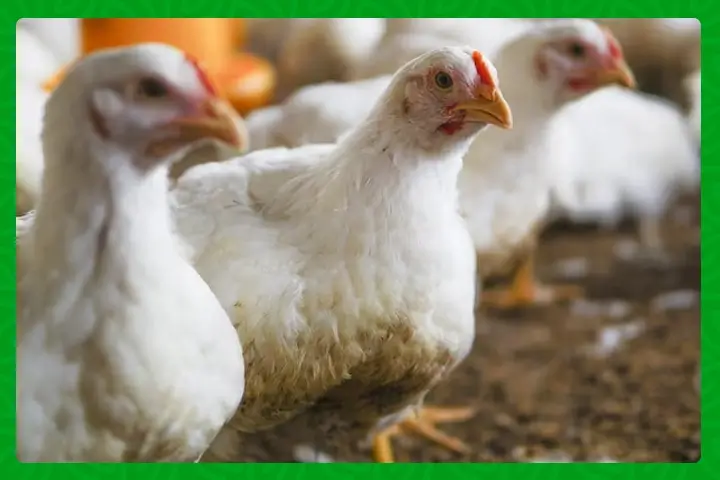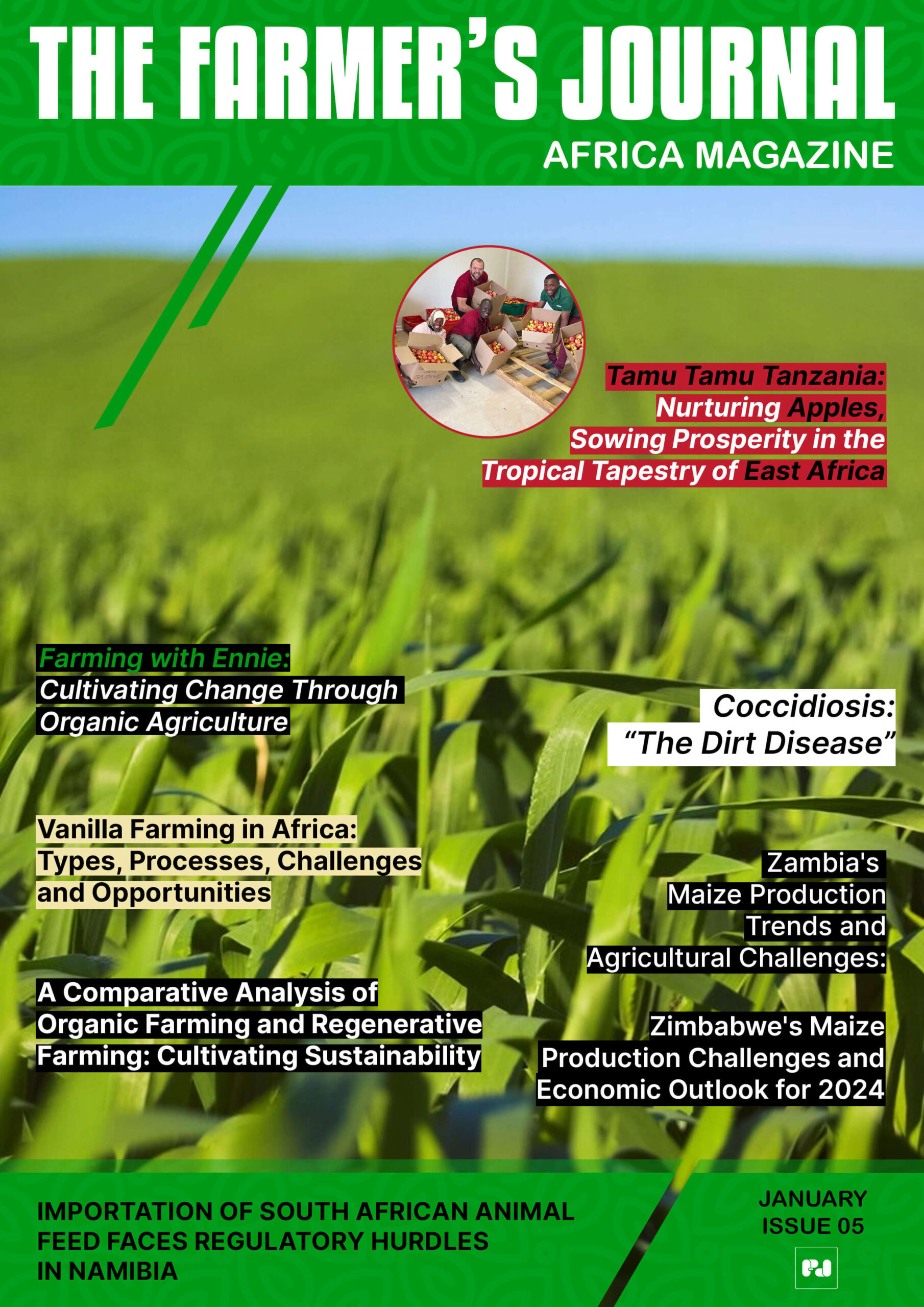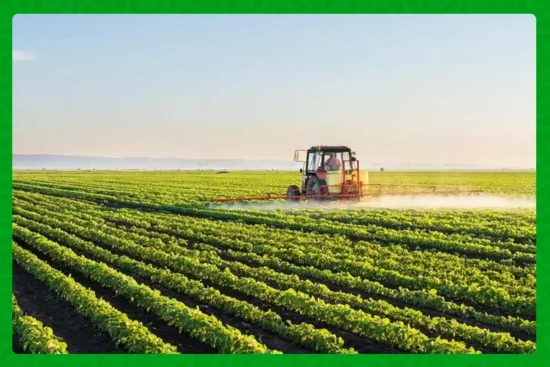
There is a painful phrase making the rounds in South Africa’s poultry industry right now. Producers can build world class processing plants and cold chains, but without the paperwork from competent veterinary services and active trade deals, their exports never leave the country. Industry insiders have bluntly put it this way: exports die in the lab. That sentence captures the frustration, the lost wages and the unrealized opportunity facing farmers, contract growers and emerging black-owned businesses across the sector.
From promise to action to standstill
The Poultry Sector Master Plan was launched in 2019 as a joint public-private blueprint to tackle dumped imports, grow local consumption and production, open export markets and bring more black-owned producers into the business. At the time it read like a realistic path to stronger food security and jobs if both sides followed through. The plan delivered early wins, but momentum has faltered in recent years.
Industry leaders moved quickly after the initial agreement. The sector committed more than US$115 million in new facilities, exceeding original investment targets and creating real capacity on the ground. That investment translated into new processing lines, jobs and contract farming opportunities for smaller producers. For poultry companies the message was clear: we are ready to scale.
Then the momentum slowed. After the last national elections the PSMP was placed under the oversight of deputy ministers and the sense of urgency faded. Promises made in 2024 and 2025 for fresh funding, beefed up veterinary surveillance, cold chain expansion, support for emerging farmers and widescale bird flu vaccination campaigns have not materialised at scale. For businesses that invested on the assumption those next steps would follow, the pause feels like a policy trap door.
The export problem is concrete, immediate and painful
Producers say the biggest gap today is market access. Many companies have upgraded plants and cold-chain systems anticipating export opportunities. Yet without updated veterinary protocols, functioning laboratories and concluded trade agreements, shipments cannot obtain internationally recognised health certificates. The result is facilities running below potential, contract growers with uncertain offtake and missed foreign revenue that would ripple into rural towns and small businesses. Put simply, investment is stranded until the supporting systems are fixed.
What the industry wants and why it matters
SAPA Broiler Organisation CEO Izaak Breitenbach has been clear in calls to government: set specific timelines, accelerate trade negotiations, strengthen veterinary capacity and ensure small-scale farmers can access finance. These are not vague asks. They are the plumbing that allows production to meet demand and for South African poultry to sell on the world stage. Delivering on them will unlock jobs, increase incomes for contract growers and expand opportunities for black-owned enterprises that the master plan set out to help.
Where failure hurts the most
When exports are blocked by paperwork, the consequences are immediate and distributed. Workers on processing floors see shifts cut or postponed. Contract growers lose predictable buyers and may be forced to cull flocks. Emerging farmers miss training and finance windows. The local suppliers that make feed, crates and transport services lose orders. The master plan was supposed to change that picture. Right now, it is closer to a paused film with scenes of progress frozen mid roll.
Practical fixes that could move the needle quickly
The industry and the public need practical, time bound action. Here are pragmatic, high impact steps that would signal the plan is back on track and restore confidence:
- Publish a detailed Phase 2 timetable with accountable ministers and deputy ministers and measurable milestones.
- Prioritise funding and staffing for veterinary laboratories so certificates no longer bottleneck exports.
- Fast track trade negotiations and technical protocol alignment for target markets in Europe, the Middle East and Asia.
- Ringfence support for cold chain expansion and ensure emerging farmers can tap affordable finance and contract farming links.
- Create a public private monitoring forum so industry sees progress in real time and can adjust investments accordingly.
These steps are straightforward to describe and possible to implement if there is political will. They are also the fastest route to turning existing private investments into jobs and export revenues.
The human story behind the policy
Behind every statistic are families and careers. Think of a contract grower who borrowed to expand a broiler house and now faces uncertainty about his buyer. Think of packing line workers who could get overtime as export volumes rise. Think of a young entrepreneur running a cold transport business waiting for more loads. The master plan promised those outcomes. Delaying the commitments does not only stall an economic policy. It stalls lives. That human cost should sharpen the urgency for action.
The Poultry Sector Master Plan remains a sensible road map for rebuilding a strategic industry. The problem is no longer the plan itself. The problem is delivery. Government and industry agreed to the heavy lifting years ago. The industries that already invested need the state to finish its part. If ministers and officials can move swiftly on laboratories, trade protocols, funding and clear timelines, South Africa’s poultry sector can turn stalled momentum into sustained growth, jobs and a more inclusive value chain. The clock is ticking and the choices now will determine whether the master plan becomes a story of success or an expensive missed opportunity.
Stay updated with the latest farming tips and agriculture industry news from Africa by subscribing to our newsletter. Don’t miss out on valuable insights and updates. Follow us on Twitter, LinkedIn, and Facebook to join our farming community and stay connected with us.


















